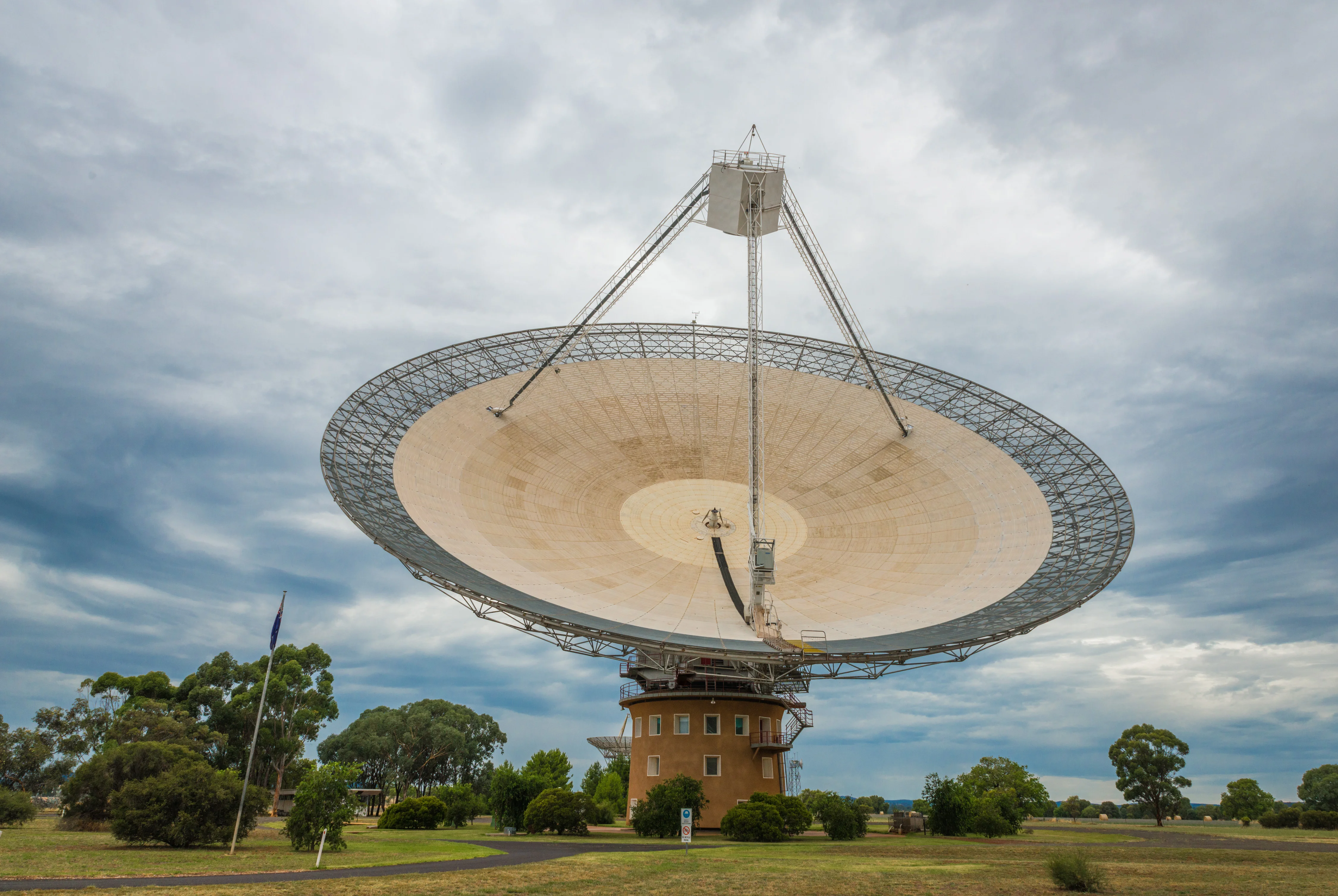The search for extraterrestrial life has been a longstanding endeavor, with scientists and researchers persistently examining the cosmos for evidence of other intelligent beings. One of the most intriguing discoveries in recent years has been the detection of mysterious radio signals, known as Fast Radio Bursts (FRBs). The potential connection between these radio signals and the possible existence of alien life, diving deep into the scientific discoveries and the latest theories surrounding these perplexing phenomena.
Fast Radio Bursts: A Primer
Fast Radio Bursts are brief, yet intensely powerful, radio emissions that have been detected from distant galaxies. Their origins remain unclear, as they seem to be both sporadic and unpredictable. While some FRBs repeat, others appear to be one-time events, adding to the enigma of their source.
Characteristics of FRBs
- Duration: Milliseconds
- Frequency: 1.4 GHz (gigahertz) and above
- Power: Equivalent to the energy output of hundreds of millions of suns
Theories on FRB Origins
Numerous theories have been proposed to explain the cause of these mysterious signals, ranging from natural astrophysical phenomena to advanced extraterrestrial civilizations. Here are some of the most prominent theories:
- Neutron Star Collisions: When two neutron stars merge, they release a massive amount of energy in the form of gravitational waves and electromagnetic radiation. This could potentially produce FRB-like signals.
- Magnetars: These highly magnetic neutron stars are known to emit intense bursts of radio waves, possibly explaining some FRBs.
- Supernovae: The explosive death of a massive star could generate a brief, powerful radio signal.
- Alien Technology: Some researchers speculate that FRBs may be the result of advanced extraterrestrial civilizations attempting to communicate or harness energy.
The Case for Extraterrestrial Life
As we explore the possibility that these mysterious radio signals may point to alien life, there are several arguments to consider:
The Technological Singularity Theory
One of the most compelling theories connecting FRBs to extraterrestrial life is the concept of a “technological singularity.” This idea suggests that advanced civilizations may reach a point where they develop the ability to harness the energy of an entire galaxy, creating powerful, focused beams of energy that could be detected as FRBs.
The Search for Extraterrestrial Intelligence (SETI) Connection
The SETI Institute has been at the forefront of the search for extraterrestrial life for decades. Their work has primarily focused on monitoring radio signals from space, hoping to detect patterns or signals that could indicate the existence of advanced civilizations. The discovery of FRBs has captured the interest of SETI researchers, who are now actively investigating these mysterious signals for potential evidence of alien life.
The Ongoing Search for Answers
As scientists continue to study Fast Radio Bursts, new discoveries and breakthroughs are constantly being made. These advancements bring us closer to understanding the true nature of these enigmatic signals and, potentially, to uncovering definitive evidence of extraterrestrial life. By exploring the depths of the cosmos and searching for answers to these cosmic mysteries, we may ultimately find ourselves at the threshold of one of the most profound discoveries in human history.
The Importance of Advanced Radio Telescopes
To unravel the mystery of Fast Radio Bursts and their potential connection to extraterrestrial life, advanced radio telescopes play a crucial role. These cutting-edge instruments are designed to detect and analyze radio signals from distant galaxies, providing valuable data for scientists to study.
The CHIME Telescope
The Canadian Hydrogen Intensity Mapping Experiment (CHIME) is a revolutionary radio telescope situated in British Columbia, Canada. It has been instrumental in detecting numerous FRBs, significantly contributing to our understanding of these elusive signals.
The Square Kilometer Array (SKA)
The Square Kilometer Array is an ambitious international project aiming to build the world’s largest radio telescope. With its unprecedented sensitivity and resolution, the SKA is expected to revolutionize our understanding of the universe and potentially unveil new insights into the nature of Fast Radio Bursts.
Future Implications and Applications
As our understanding of Fast Radio Bursts grows, the potential applications and implications of these discoveries extend beyond the search for alien life. Here are a few examples of how these findings could impact various fields:
Astrophysics and Cosmology
The study of FRBs can shed light on the nature of the universe, its expansion, and the distribution of matter throughout. By analyzing the properties of these signals, scientists can gain valuable insights into the physical processes and conditions in distant galaxies.
Interstellar Communication
If it is eventually proven that FRBs are indeed the product of advanced extraterrestrial civilizations, this discovery could open up new possibilities for interstellar communication. Researchers could attempt to decipher these signals and potentially establish contact with other intelligent beings in the universe.
Space Exploration
The detection and analysis of Fast Radio Bursts could provide valuable information for future space exploration missions. By understanding the origin and nature of these signals, space agencies may be able to develop new strategies and technologies for interstellar travel and communication.
Conclusion
Fast Radio Bursts remain one of the most enigmatic phenomena in the field of astronomy. As researchers continue to investigate their origins and potential connection to extraterrestrial life, new discoveries are sure to emerge, expanding our understanding of the universe and our place within it. With advanced radio telescopes and cutting-edge research, the mystery of FRBs may one day be unraveled, opening up a world of possibilities for the future of human civilization and our understanding of the cosmos.
